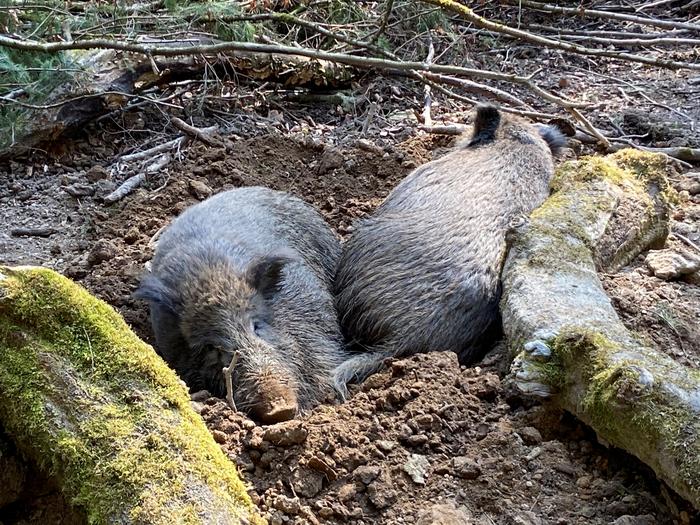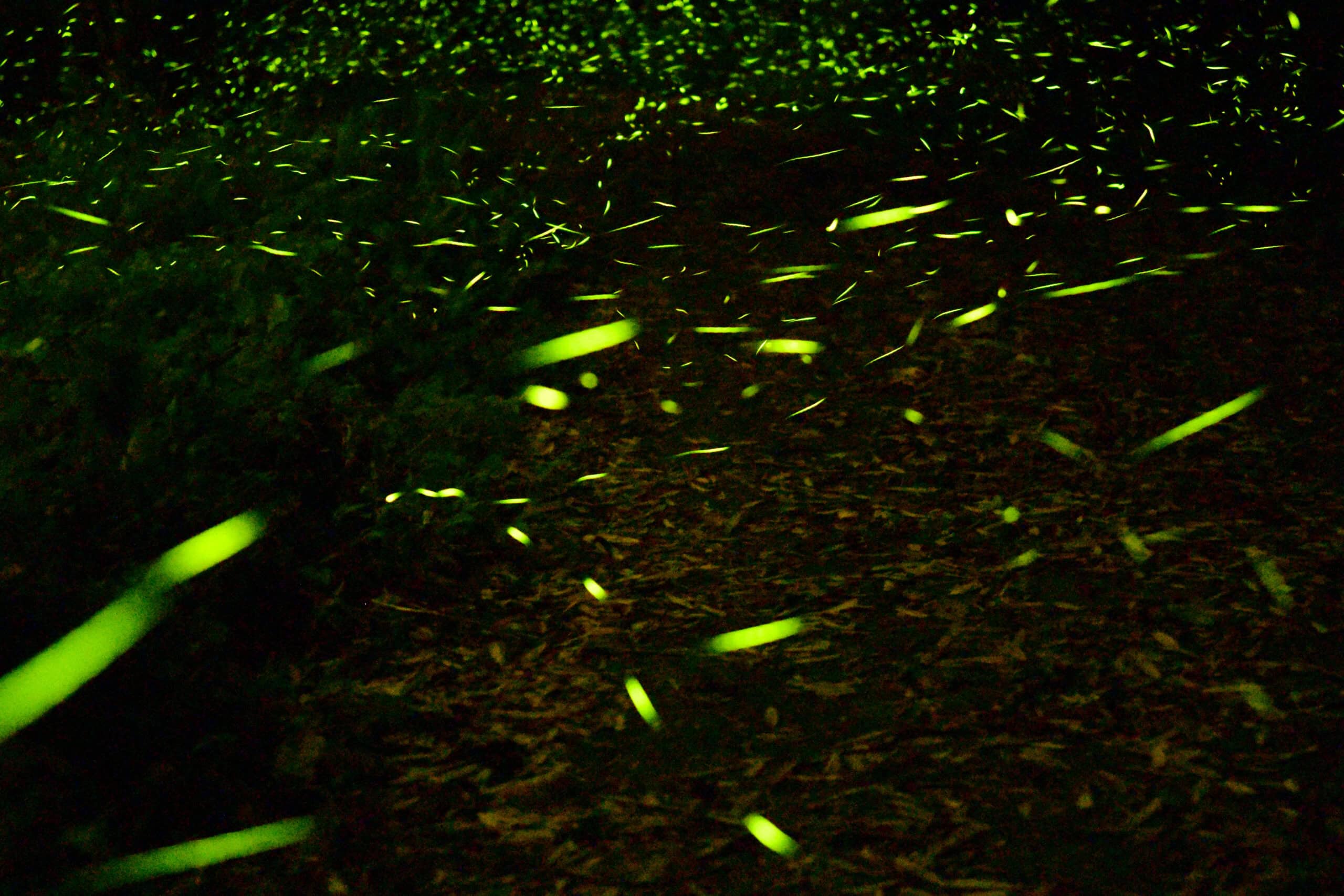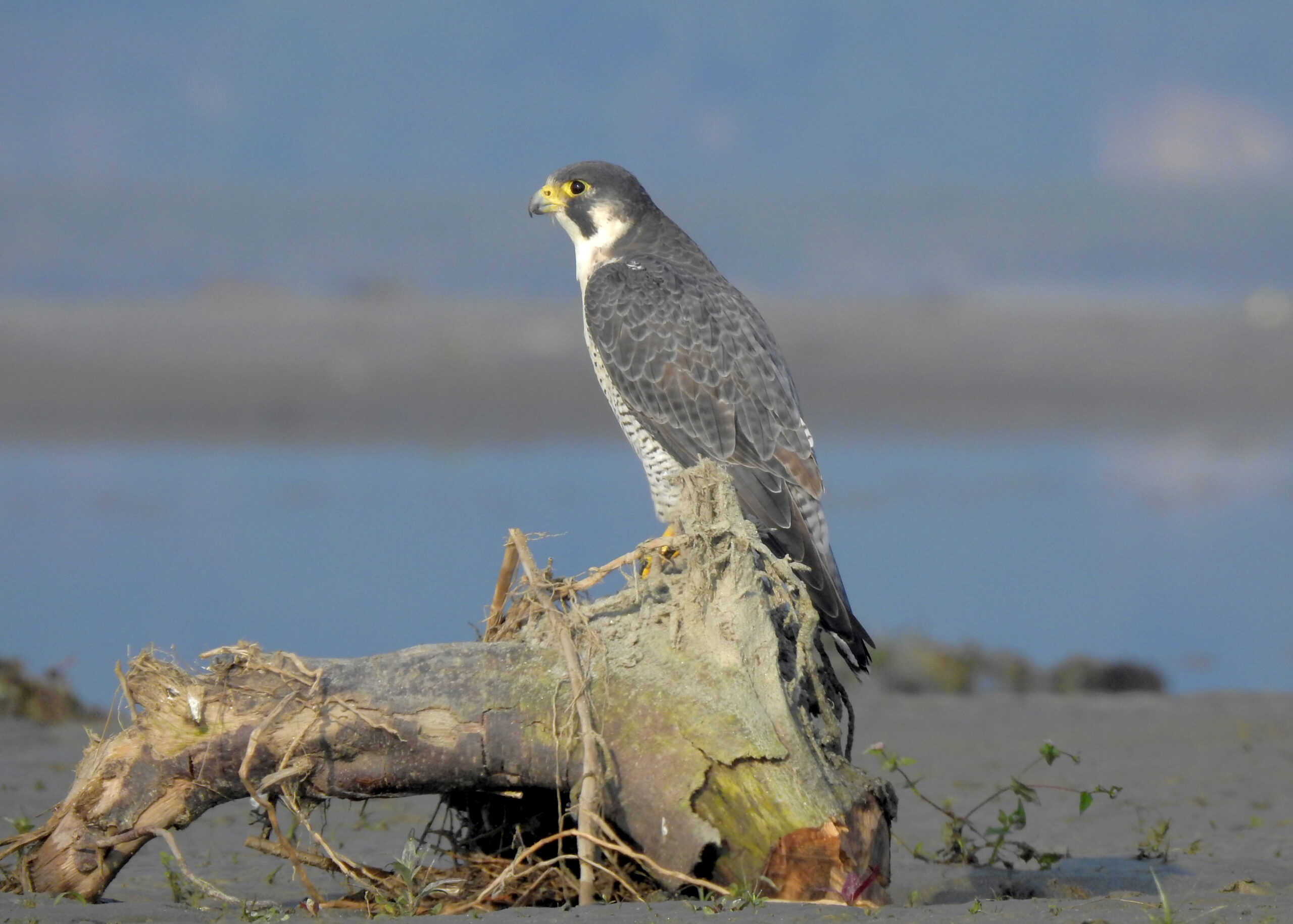Share this article
Wildlife Featured in this article
- wild boar
Radioactive wild boar mystery solved in Germany
Chernobyl explosion isn’t the only source of cesium-137 in wildlife
Researchers have been stumped for years about why wild boars maintain high levels of radioactivity when other animals’ levels have been dropping decades after the Chernobyl nuclear explosion in 1986. Researchers analyzed the cesium-137 found in wild boars (Sus scrofa) and found that a large portion of the radioactive material in some of boar meat originated from earlier nuclear weapons testing in the 1960s rather than the Chernobyl explosion. They found that from 50 samples of boar meat, 88% were above the regulatory threshold for consumption in Germany. While radioactivity from Chernobyl was still present in some samples, the cesium from the bomb testing would have put some of the meat above the threshold even without the Chernobyl disaster. The boar have higher levels than other wildlife due to their penchant for digging up truffles buried in soil still rich in radioactivity from old testing.
Header Image: Decades after the nuclear meltdown at Chernobyl, radioactivity levels in wild boar are still not dropping in Germany. Credit: Joachim Reddermann / TU Wien








